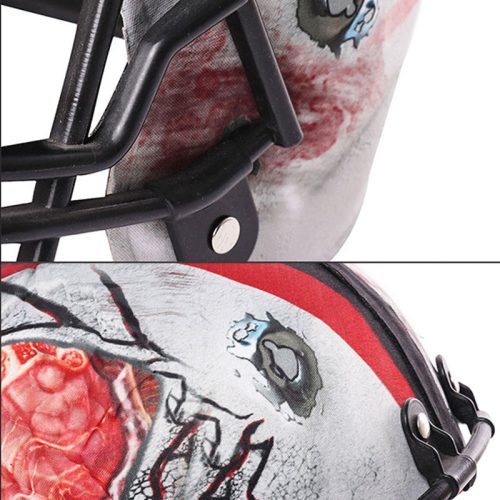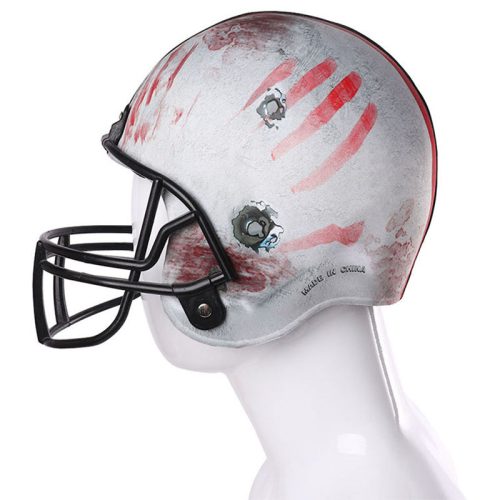The evolution of bike helmet technology has been marked by significant advancements in design, materials, and safety features over the years. Here’s an overview of the key developments in bike helmet technology:
- Early Helmets (19th Century to Mid-20th Century): Early bike helmets were rudimentary and primarily made of leather, fabric, or cork. They offered limited protection and were often more of a fashion statement than a safety device.
- Hard-Shell Helmets (1960s): The 1960s saw the introduction of hard-shell helmets made of fiberglass or plastic. These helmets were an improvement over their predecessors, providing better protection against head injuries. However, they were still relatively basic in design.
- Expanded Polystyrene (EPS) Foam (1970s): In the 1970s, bike helmets started using expanded polystyrene (EPS) foam as an energy-absorbing material. EPS foam is designed to absorb impact forces and reduce the risk of head injuries. This marked a significant advancement in helmet safety technology.
- Aerodynamic Design (1980s): Helmets in the 1980s began to feature more aerodynamic designs to reduce wind resistance, especially for competitive cycling. These helmets were designed with the needs of professional cyclists in mind.
- MIPS Technology (2000s): In the early 2000s, MIPS (Multi-directional Impact Protection System) technology was introduced. MIPS consists of a low-friction liner inside the helmet, allowing the helmet to rotate slightly upon impact, reducing rotational forces on the brain. This technology has been shown to improve protection against certain types of head injuries.
- In-Mold Construction (2000s): In-mold technology involves fusing the outer shell and the EPS foam liner during the manufacturing process. This results in a lighter and more durable helmet that can provide better impact protection.
- Ventilation and Comfort (2000s – Present): Helmets have evolved to include improved ventilation systems, moisture-wicking padding, and adjustable fit systems. These features enhance comfort and make helmets more suitable for long rides.
- Integration of Visors and Accessories (2000s – Present): Many modern helmets come with integrated visors and compatibility for various accessories, such as lights and cameras.
- Customization and Personalization (2000s – Present): Some manufacturers offer customizable helmets, allowing riders to choose colors, graphics, and even 3D-printed personalized helmet options.
- Smart Helmets (2010s – Present): Recent developments include smart helmets with built-in communication systems, LED lights, and sensors that can detect crashes and send alerts to emergency contacts.
- Advances in Materials (Ongoing): Innovations in materials science continue to drive improvements in helmet technology. Manufacturers are exploring new materials that offer better protection, reduced weight, and improved durability.
- Advanced Testing and Certification (Ongoing): Safety standards and testing protocols for bike helmets have become more stringent over the years, ensuring that helmets meet high safety standards and certifications.
The evolution of bike helmet technology has focused on enhancing both protection and comfort for cyclists. Helmets have become more effective at preventing head injuries and have evolved to cater to the diverse needs of cyclists, from professional racers to everyday commuters. With ongoing research and technological advancements, bike helmets are expected to continue evolving to provide even better safety and performance in the future.


